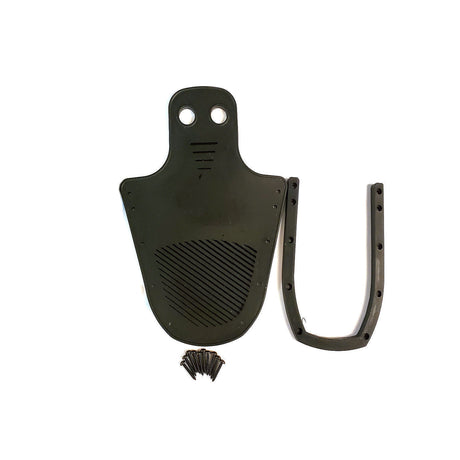What Exactly Is A Water Trampoline?
A water trampoline is a buoyant inflatable structure designed for recreational activities on water surfaces such as lakes, ponds, or large swimming pools. It resembles a traditional land trampoline but is built to withstand water conditions, providing users with a fun and bouncy platform for jumping, lounging, and playing games.

What Are The Different Types Of Water Trampolines?
- Inflatable Water Trampolines: These are fully inflatable structures that typically feature a bouncing surface supported by a durable inflatable ring or frame.
- Spring-based Water Trampolines: Similar to traditional land trampolines, these feature a jumping mat suspended by springs from a sturdy frame.
- Hybrid Water Trampolines: These combine elements of both inflatable and spring-based designs for enhanced stability and durability.
Water Trampoline vs Water Bouncer: What’s the Difference?
The main difference between a water trampoline and a water bouncer lies in their construction and design. Water trampolines typically have a larger surface area and are supported by springs or inflatable tubes, providing more bounce and stability. On the other hand, water bouncers are smaller, simpler inflatable structures without springs, offering less bounce and stability but are easier to set up and more portable.
How much does a water trampoline cost?
The cost of a water trampoline can vary depending on factors such as size, brand, and features. Generally, prices range from $300 to $7000 or more for premium models with additional accessories.
What size does a water trampoline come in?
Water trampolines come in various sizes, ranging from small models suitable for children to large ones designed for multiple users or adults. Common sizes include diameters of 10 feet for smaller models and up to 20 feet or more for larger ones.
What is the best water trampoline material?
The best water trampoline material is typically high-quality PVC or reinforced vinyl, known for its durability, resistance to punctures, and ability to withstand water exposure.
What is the best brand of water trampoline?
Several reputable brands manufacture water trampolines, including Rave Sports, Island Hopper, Aquaglide, and O'Brien. The best brand for you will depend on your specific needs, budget, and preferences.
What is the best shape for a water trampoline?
The best shape for a water trampoline depends on factors such as intended use, available space, and personal preference. Common shapes include circular, oval, and rectangular. Circular trampolines are popular for their balanced bounce, while rectangular ones may offer more surface area for jumping and activities.
Key Features To Consider When Buying A Water Trampoline Or Water Bouncer:

- Size: Consider the size of the trampoline based on the number of users and available space.
- Material: Opt for high-quality, durable materials such as reinforced PVC or vinyl.
- Safety Features: Look for features like safety nets, anchor kits, and sturdy construction to ensure user safety.
- Inflation and Deflation: Choose models with quick and easy inflation and deflation processes for convenience.
- Accessories: Consider additional accessories such as ladders, slides, and attachments for added fun and functionality.
Best Water Trampolines:
- Rave Sports Aqua Jump Eclipse: Known for its durability, stability, and large jumping surface.
- Aquaglide Platinum Supertramp: Features commercial-grade construction, ample bounce, and various size options.
- Island Hopper Bounce & Splash: Offers a combination of bounce, stability, and versatility with added features like slides and platforms.
Ultimately, the best water trampoline for you will depend on your specific needs, budget, and preferences. Consider factors such as size, material, and features to find the perfect fit for your water recreation activities.












